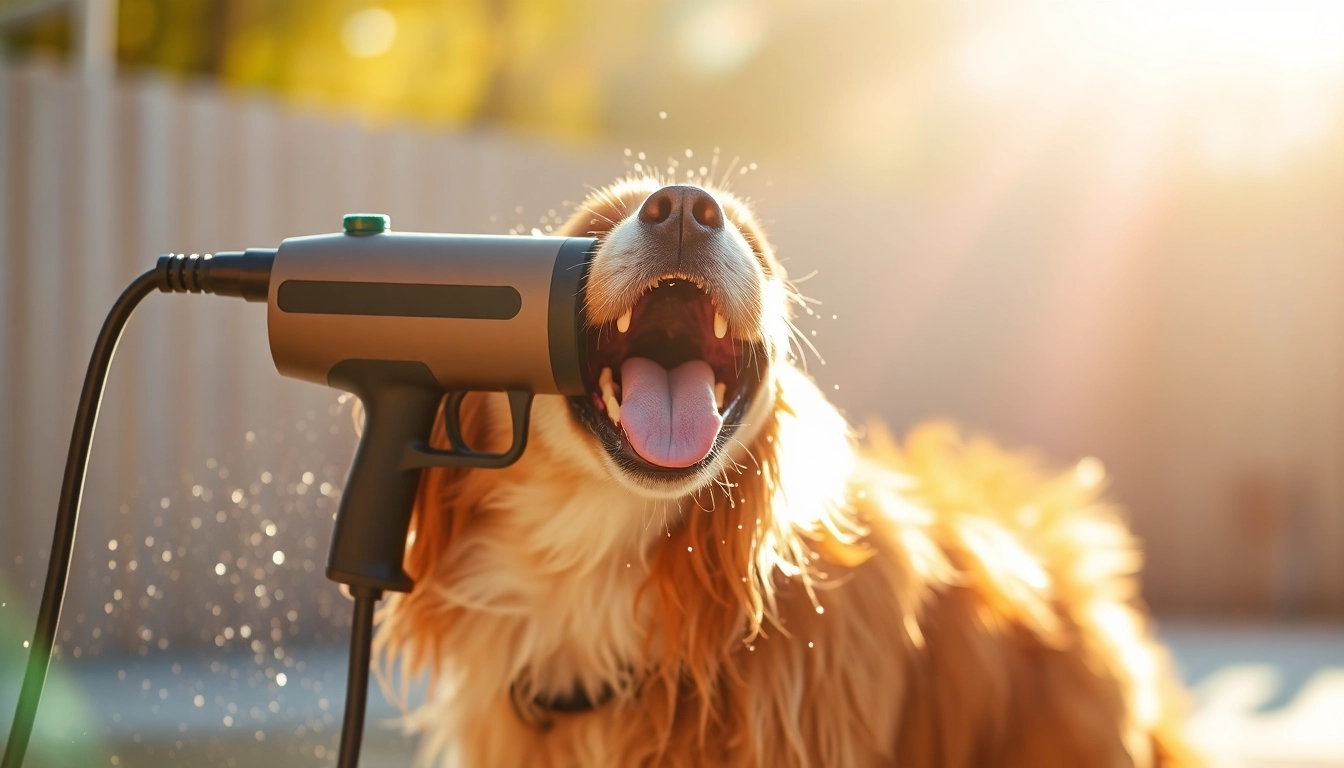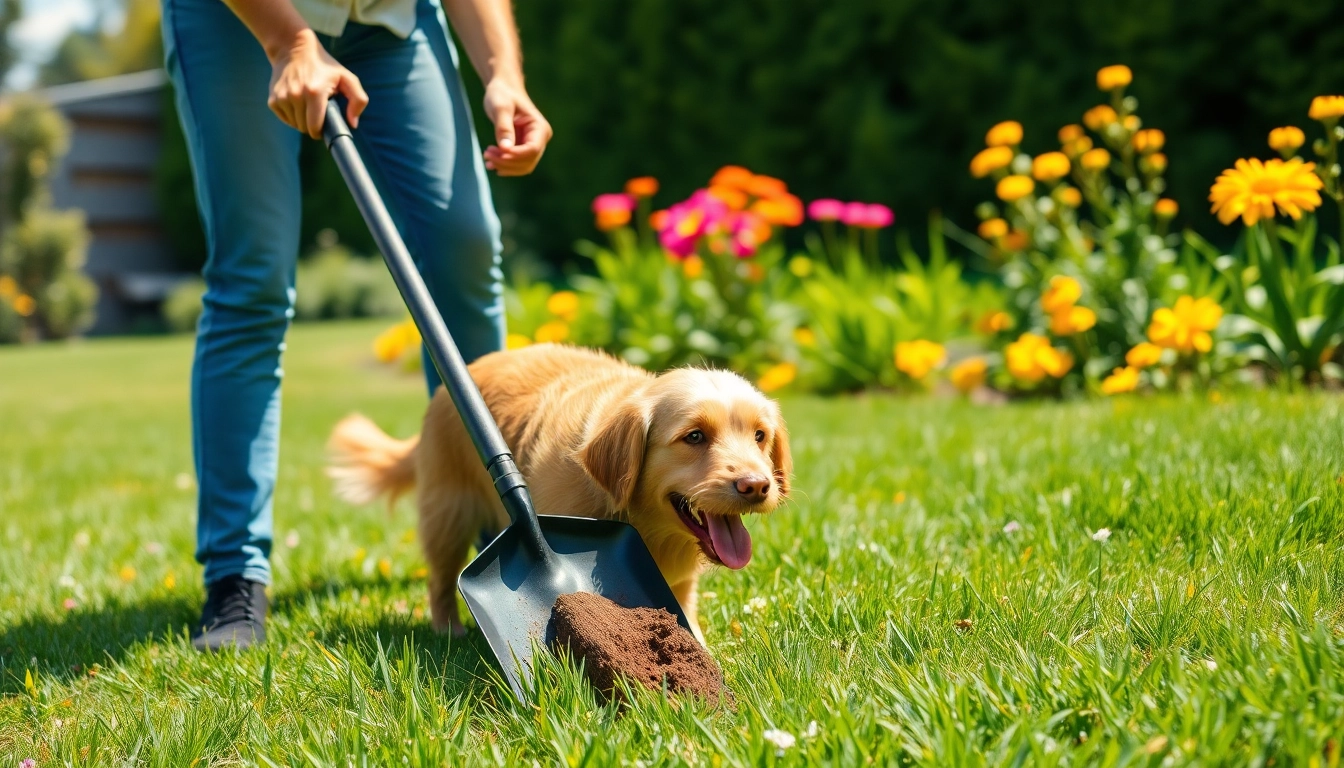Understanding the Importance of Cleaning Your Dog
Keeping your dog clean is not just about aesthetics; it plays a crucial role in their overall health and well-being. Regular grooming helps remove dirt, debris, and pests while also serving as a bonding experience between you and your furry friend. With the right tools and techniques, cleaning your dog can become a rewarding ritual. Moreover, using products designed specifically for dogs can elevate the experience. If you’re looking for efficient ways to enhance this process, consider tools such as a dog shower gun that offers multiple cleaning modes.
Health Benefits
Regular cleaning and grooming contribute significantly to your dog’s health. It helps to:
- Prevent Skin Infections: A clean coat reduces the risk of skin irritations and infections. Dirty fur can harbor bacteria and parasites.
- Detect Health Issues: While grooming, you may come across lumps, bumps, or skin allergies that could require veterinary attention.
- Reduce Allergies: Maintaining your dog’s hygiene can minimize allergens in your home, benefiting both you and other family members.
- Improve Circulation: Brushing your dog improves blood circulation, promotes healthier skin, and increases overall wellness.
Bonding Time
Cleaning your dog also enhances your bond. The process fosters trust and affection, offering a unique opportunity to spend quality time together. By making the grooming experience pleasant, your dog will associate bath time with love and care, promoting adherence to a regular grooming schedule.
Reducing Allergens
A clean dog helps reduce allergens in your home. Pet dander, fur, and dirt can trigger allergies in some people. Regular bathing and grooming minimize the amount of loose hair and dander, thereby contributing to a healthier living environment.
Choosing the Right Dog Grooming Tools
Having the right grooming tools can make all the difference in your dog grooming routine. Here are essential tools every dog owner should consider:
Bathing Equipment Essentials
Investing in the right bathing tools can simplify the cleaning process. Here are a few essentials:
- Shower Hose or Gun: A tool like the dog shower gun allows for easier bathing and rinsing, providing multiple pressure settings for different fur types.
- Non-Slip Mat: Ensure your dog doesn’t slip during bath time by placing a non-slip mat in the tub or shower.
- Bathing Brush: Using a brushing tool while bathing can help distribute shampoo and remove tangles and dirt effectively.
- Water Temperature Thermometer: Ideal water temperature is key to preventing burns or discomfort.
Conditioners and Shampoos
Choosing the right shampoo and conditioner is crucial for your dog’s fur and skin health. Consider the following:
- Hypoallergenic Formulas: Ideal for dogs with sensitive skin or allergies.
- Moisturizing Options: Great for maintaining coat softness and preventing dryness.
- Flea and Tick Treatments: Look for shampoos that provide added protection against pests.
Grooming Brushes and Combs
Different breeds have varying fur types, requiring specific grooming tools:
- Slicker Brushes: Effective for removing mats and loose hair in long-haired breeds.
- Bristle Brushes: Good for short-haired breeds, helping to distribute natural oils.
- Combs: Perfect for detangling and checking for fleas or other skin issues.
Step-by-Step Guide to Cleaning Your Dog
Cleansing your dog doesn’t have to be a challenging task. Follow this step-by-step guide to make it efficient:
Preparing Your Dog for Bath Time
Preparation is critical in minimizing stress for both you and your dog. Here are some steps to follow:
- Brush Their Coat: This removes tangles and loose hair, making bathing more effective.
- Gather Your Supplies: Have everything ready, including a towel, shampoo, and your bath tools.
- Choose the Right Location: Depending on your dog’s size, a bathtub, shower, or even outdoor setup can work.
- Introduce the Environment: Let your dog sniff the area and familiarize themselves before the bath.
Bathing Techniques
Once you’re prepared, follow these techniques for a successful cleansing experience:
- Water Temperature: Ensure water is warm but not hot, checking it with your wrist or thermometer.
- Wet Your Dog Gradually: Avoid overwhelming your dog by wetting them slowly, starting from the neck down.
- Shampoo Application: Apply shampoo evenly, avoiding their eyes and ears. Gently massage it into the coat.
- Rinse Thoroughly: Ensure all product is washed out to prevent irritation, focusing on areas prone to buildup.
Drying and Aftercare
After bathing, drying your dog correctly is just as crucial:
- Towel Dry: Start by gently towel drying your dog to remove excess water.
- Use a Dog Dryer: If your dog tolerates it, consider using a dog-specific dryer to prevent discomfort and speed up drying time.
- Inspect for Issues: While drying, check for any skin issues or debris that needs addressing.
- Post-Bath Treats: Reward your dog with a treat to reinforce positive behavior during bathing.
Tips for a Stress-Free Bathing Experience
Making bath time enjoyable for your dog can change their perception of grooming. Here are some helpful tips:
Creating a Comfortable Environment
Set the stage for a soothing experience:
- Minimize Noise: Choose a quiet time when your dog is calm, and avoid loud noises that may frighten them.
- Use Familiar Items: Incorporating their favorite toys can help in alleviating anxiety.
- Ensure Safety: Make sure the bathing surface is stable to avoid slips and falls.
Using Treats and Praise
Positive reinforcement can dramatically change how your dog feels about bath time:
- Use Treats Sparingly: Give treats during and after grooming to create a positive association.
- Offer Praise: Verbal affirmations help build trust and associate grooming with good experiences.
Timing and Frequency of Baths
Understanding how often you should bathe your dog can depend on various factors:
- Coat Type: Long-haired breeds may need more frequent grooming compared to short-haired ones.
- Activity Level: Active dogs that enjoy outdoor adventures may require more frequent baths.
- Seasonal Changes: During shedding seasons, more frequent grooming may be necessary to manage loose fur.
Common Challenges and Solutions
Despite your best efforts, bath time can sometimes present challenges. Here are common issues and how to address them:
Dealing with Dog Anxiety
Many dogs find bath time stressful. Here are strategies to ease their anxiety:
- Desensitization: Start with short sessions using water and gradually increase the duration.
- Calm Approach: Maintain a calm demeanor to help your dog feel secure.
Managing Shedding During Bath Time
Bathing can result in increased shedding. To manage it:
- Brush Before the Bath: Removing loose fur beforehand can lessen the amount shed during bathing.
- Use the Right Tools: A rubber brush can help collect even more dead hair while bathing.
Post-Bath Grooming Tips
Once bath time is over, grooming should continue:
- Regular Brushing: Keep their coat tangle-free by brushing regularly.
- Ear Cleaning: Check and clean ears as needed to prevent infections.
- Nail Trimming: Regularly trim your dog’s nails for overall hygiene and comfort.



